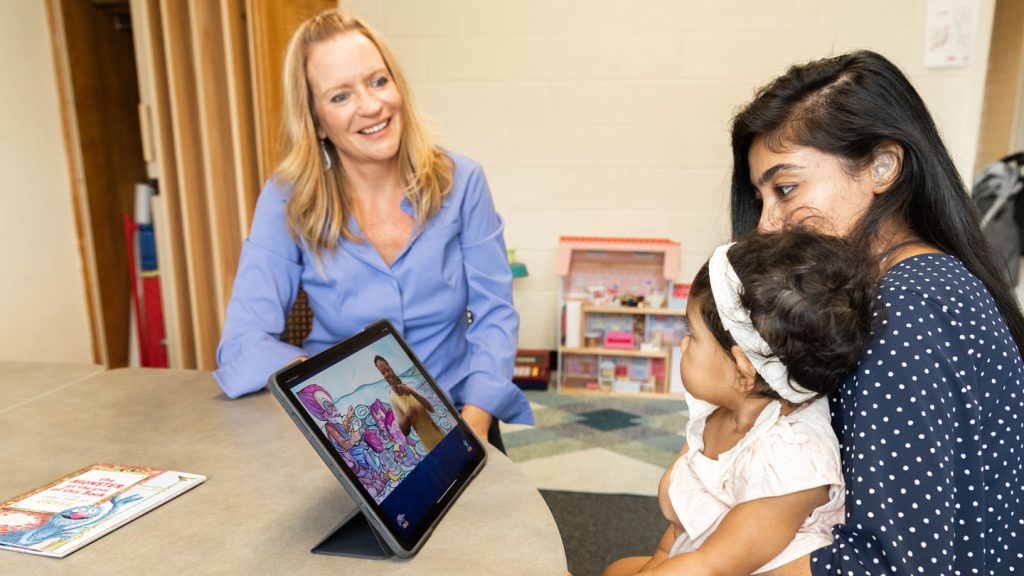Deaf experimental psychologist Rain Bosworth has conducted research that suggests that babies are naturally inclined to learn sign language in the same way they learn spoken language. Through various experiments, Bosworth has shown that infants as young as six months old can pick up on signs and begin to understand their meanings. This discovery challenges previous beliefs that sign language learning is a more difficult or unnatural process for infants compared to spoken language acquisition. Bosworth’s findings have important implications for deaf children and their families, as well as for the field of linguistics and psychology.
One of Bosworth’s key findings is that babies are able to recognize and understand signs even before they are able to produce them themselves. This suggests that the ability to comprehend language, whether spoken or signed, develops earlier in infancy than the ability to physically produce language. This has significant implications for how deaf children are taught language and communication skills, as it indicates that exposure to sign language from a young age can have a positive impact on their language development.
Bosworth’s research also highlights the importance of early exposure to sign language for deaf children. By providing infants with opportunities to learn sign language alongside spoken language, parents, caregivers, and educators can help foster their language development and communication skills. This early exposure can help deaf children access a rich linguistic environment that is essential for their cognitive, social, and emotional development.
Furthermore, Bosworth’s work challenges outdated beliefs about how deaf children should be taught language. Traditionally, there has been a bias towards spoken language instruction for deaf children, often at the expense of sign language. Bosworth’s research suggests that this approach may not be the most effective or natural way for deaf children to learn language. By recognizing the natural predisposition of infants to learn sign language, it becomes clear that sign language should be a central component of language instruction for deaf children.
In addition to its implications for deaf children, Bosworth’s research also contributes to our understanding of language acquisition and development more broadly. By studying how infants learn sign language, Bosworth is shedding light on the universal processes and mechanisms that underlie language learning, regardless of the modality of communication. This research has the potential to inform not only how we teach sign language, but also how we approach language learning in general.
Overall, Bosworth’s research on how babies learn sign language challenges traditional views on language acquisition and has important implications for deaf children, their families, and the field of linguistics and psychology. By recognizing and harnessing infants’ natural ability to learn sign language, we can provide deaf children with the linguistic and cognitive tools they need to thrive. This work not only contributes to our understanding of language development but also has the potential to transform how we approach language education for all children.


